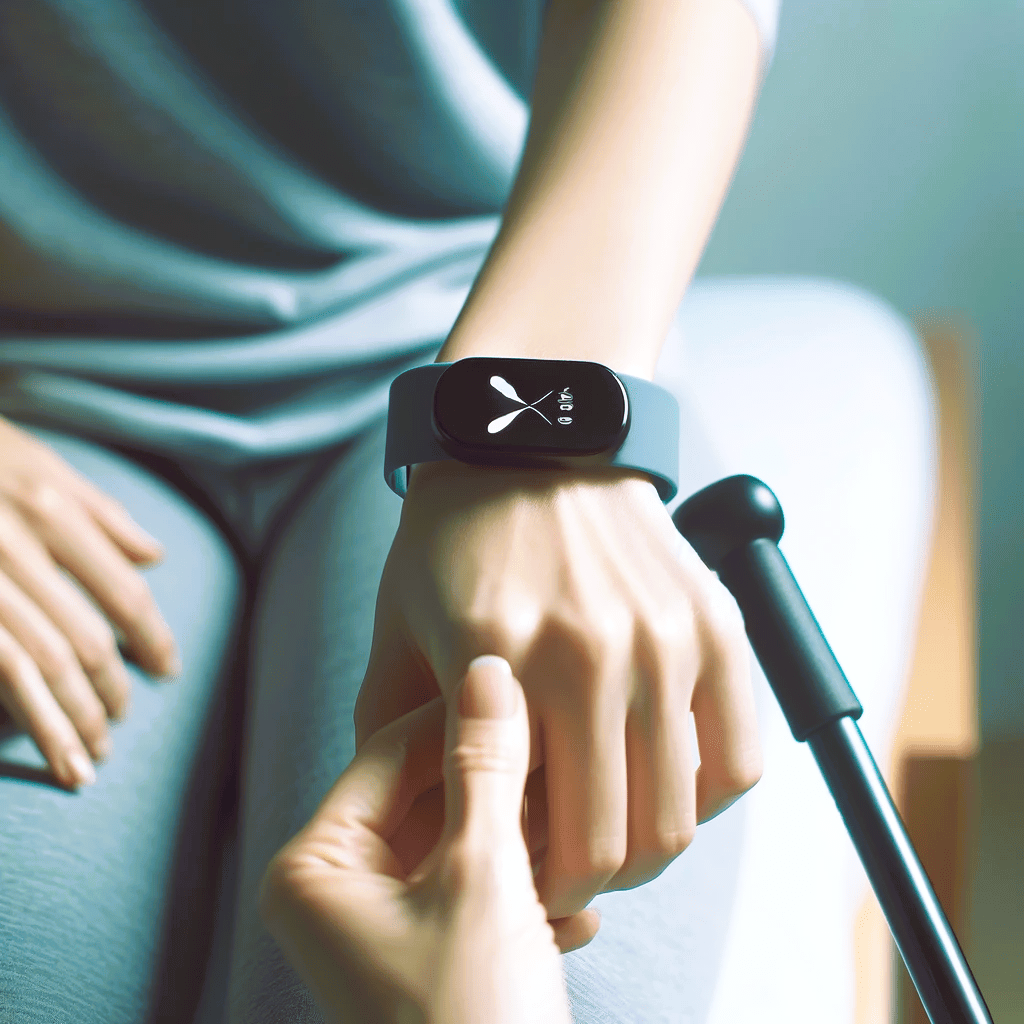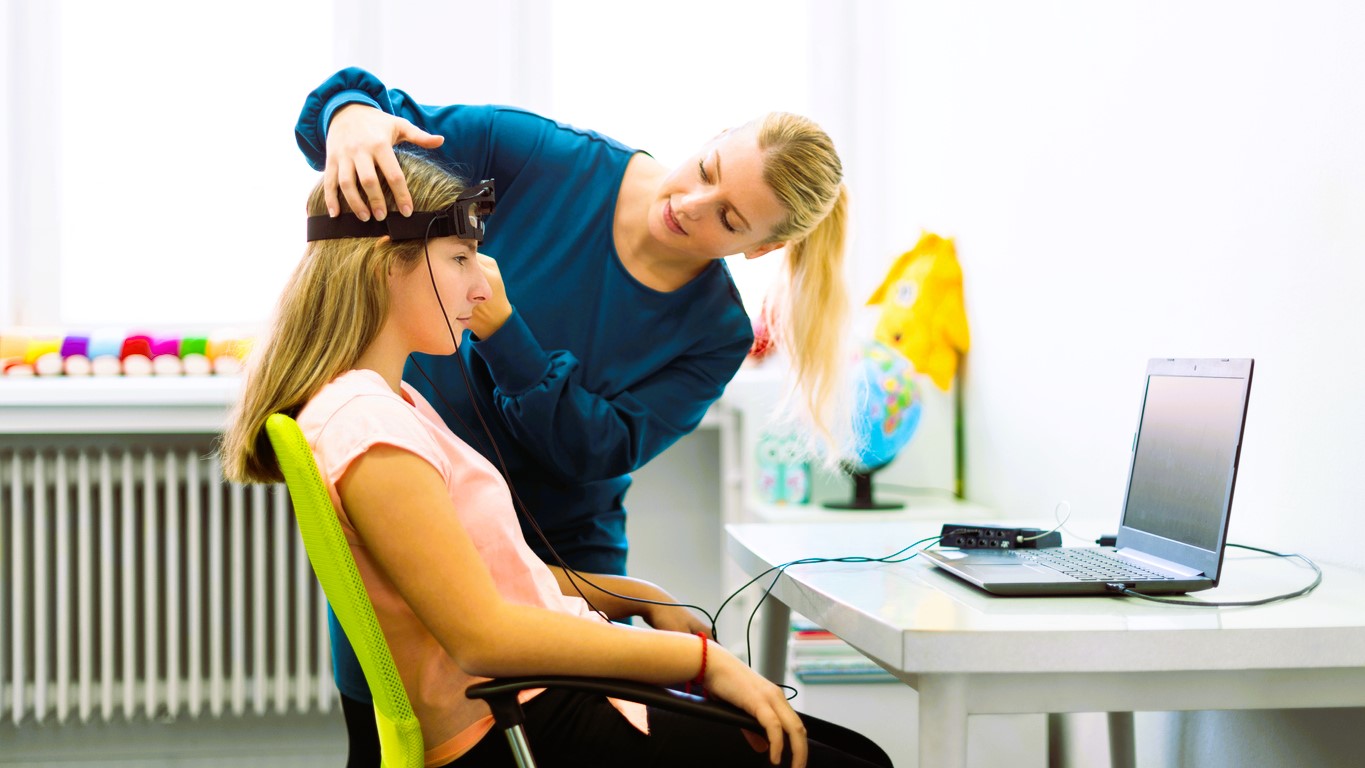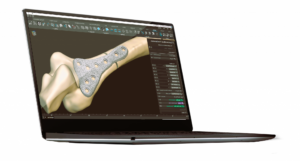In the dynamic landscape of physical therapy, biofeedback devices have emerged as powerful tools to enhance rehabilitation techniques and improve patient outcomes. By providing real-time feedback on physiological parameters and movement patterns, biofeedback devices enable patients to gain greater awareness and control over their bodies, facilitating the recovery process and optimizing functional outcomes. This article explores the applications of biofeedback devices in physical therapy and their transformative impact on rehabilitation practices.
Understanding Biofeedback Devices in Physical Therapy
Biofeedback is a technique that enables individuals to learn how to control physiological processes, such as muscle activity, heart rate, and breathing, through real-time monitoring and feedback. Biofeedback devices measure and display physiological signals using sensors and display screens, allowing patients to observe and adjust their responses to achieve desired outcomes. In physical therapy, biofeedback is used to improve motor control, enhance muscle strength and coordination, and facilitate neuromuscular re-education in patients with musculoskeletal and neurological conditions.
Applications of Biofeedback Devices in Physical Therapy
Biofeedback devices offer a wide range of applications in physical therapy, including:
- Muscle Rehabilitation: Biofeedback devices can be used to monitor and train muscle activity during rehabilitation exercises, such as strengthening, stretching, and neuromuscular re-education. Surface electromyography (sEMG) sensors detect muscle activation patterns and provide visual or auditory feedback to help patients optimize muscle recruitment, timing, and coordination. By promoting conscious control and awareness of muscle activity, biofeedback enhances the effectiveness of therapeutic exercises and accelerates muscle recovery.
- Balance and Posture Training: Biofeedback devices can assess and improve balance and posture in patients with balance disorders, vestibular dysfunction, or postural instability. Force plates, pressure sensors, or inertial measurement units (IMUs) can detect changes in center of pressure or body alignment and provide feedback on weight distribution, sway velocity, or postural sway. Visual or auditory cues guide patients in maintaining proper balance and alignment, reducing fall risk and improving postural control.
- Pain Management: Biofeedback techniques, such as electromyographic biofeedback (EMG-BF) and thermal biofeedback, can be used to manage chronic pain conditions, such as low back pain, fibromyalgia, or temporomandibular joint (TMJ) dysfunction. EMG-BF teaches patients to modulate muscle tension and reduce muscle guarding, while thermal biofeedback helps regulate peripheral blood flow and reduce vasomotor symptoms. By increasing awareness and control over physiological responses, biofeedback empowers patients to self-regulate pain perception and promote relaxation.
- Functional Movement Training: Biofeedback devices can enhance functional movement training by providing feedback on movement quality, range of motion, and joint alignment during activities of daily living or sports-specific tasks. Motion capture systems, such as inertial sensors or optical markers, track joint angles and movement trajectories and provide real-time feedback on movement patterns or compensatory strategies. This feedback helps patients improve movement efficiency, correct faulty biomechanics, and optimize performance in functional tasks.
Impact on Rehabilitation Outcomes
The integration of biofeedback devices into physical therapy practice has the potential to improve rehabilitation outcomes in several ways:
- Increased Patient Engagement: Biofeedback devices engage patients actively in the rehabilitation process by providing real-time feedback on their physiological responses and movement patterns. This active participation promotes motivation, adherence, and self-efficacy, leading to better treatment compliance and outcomes. Mind-body interventions in physical therapy, read our exploration of the connection for holistic healing.
- Enhanced Motor Learning: Biofeedback facilitates motor learning by providing external cues and reinforcement signals that guide patients in acquiring and refining motor skills. Real-time feedback on movement performance helps patients adjust their actions, correct errors, and optimize movement strategies, leading to faster skill acquisition and retention.
- Personalized Treatment: Biofeedback allows for individualized assessment and treatment based on each patient’s unique needs, goals, and functional limitations. Customized feedback parameters and training protocols can be tailored to address specific impairments, optimize performance, and maximize functional independence.
- Objective Outcome Measures: Biofeedback devices provide objective measures of treatment progress and performance, allowing therapists to track changes in physiological parameters, movement patterns, and functional outcomes over time. Objective outcome measures support data-driven decision-making, treatment planning, and goal setting, enhancing the effectiveness and efficiency of rehabilitation interventions.

Challenges and Considerations
Despite its potential benefits, the use of biofeedback devices in physical therapy presents several challenges and considerations:
- Equipment and Technology: Biofeedback devices require specialized equipment, sensors, and software, as well as training and expertise in their use and interpretation. Clinicians must invest in appropriate technology and stay updated on the latest advancements in biofeedback techniques and applications.
- Integration into Clinical Practice: Integrating biofeedback into clinical practice requires careful consideration of workflow, treatment protocols, and patient populations. Clinicians must ensure that biofeedback interventions are seamlessly integrated into existing rehabilitation programs and align with evidence-based practice guidelines.
- Patient Selection and Compliance: Not all patients may benefit from or be suitable candidates for biofeedback interventions. Clinicians must assess patient readiness, motivation, and cognitive ability to participate in biofeedback training and ensure compliance with treatment protocols.
Conclusion
Biofeedback devices offer innovative solutions to enhance rehabilitation techniques and improve patient outcomes in physical therapy. By providing real-time feedback on physiological responses and movement patterns, biofeedback empowers patients to take an active role in their rehabilitation and achieve better functional outcomes. As technology continues to evolve and biofeedback devices become more accessible and user-friendly, their integration into physical therapy practice holds tremendous promise for optimizing rehabilitation interventions, maximizing patient engagement, and improving quality of life.
For further information on the standardization of biofeedback technologies in healthcare, visit Wikipedia’s page on Biofeedback.
By embracing biofeedback as part of a comprehensive approach to physical therapy, clinicians can leverage its transformative potential to revolutionize rehabilitation techniques, personalize treatment interventions, and empower patients to reach their full functional potential.




